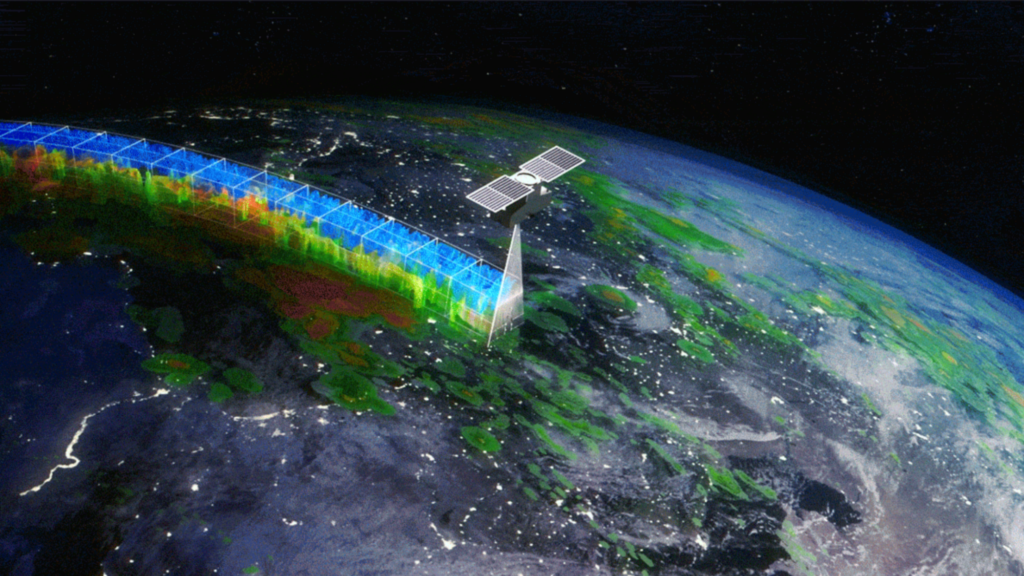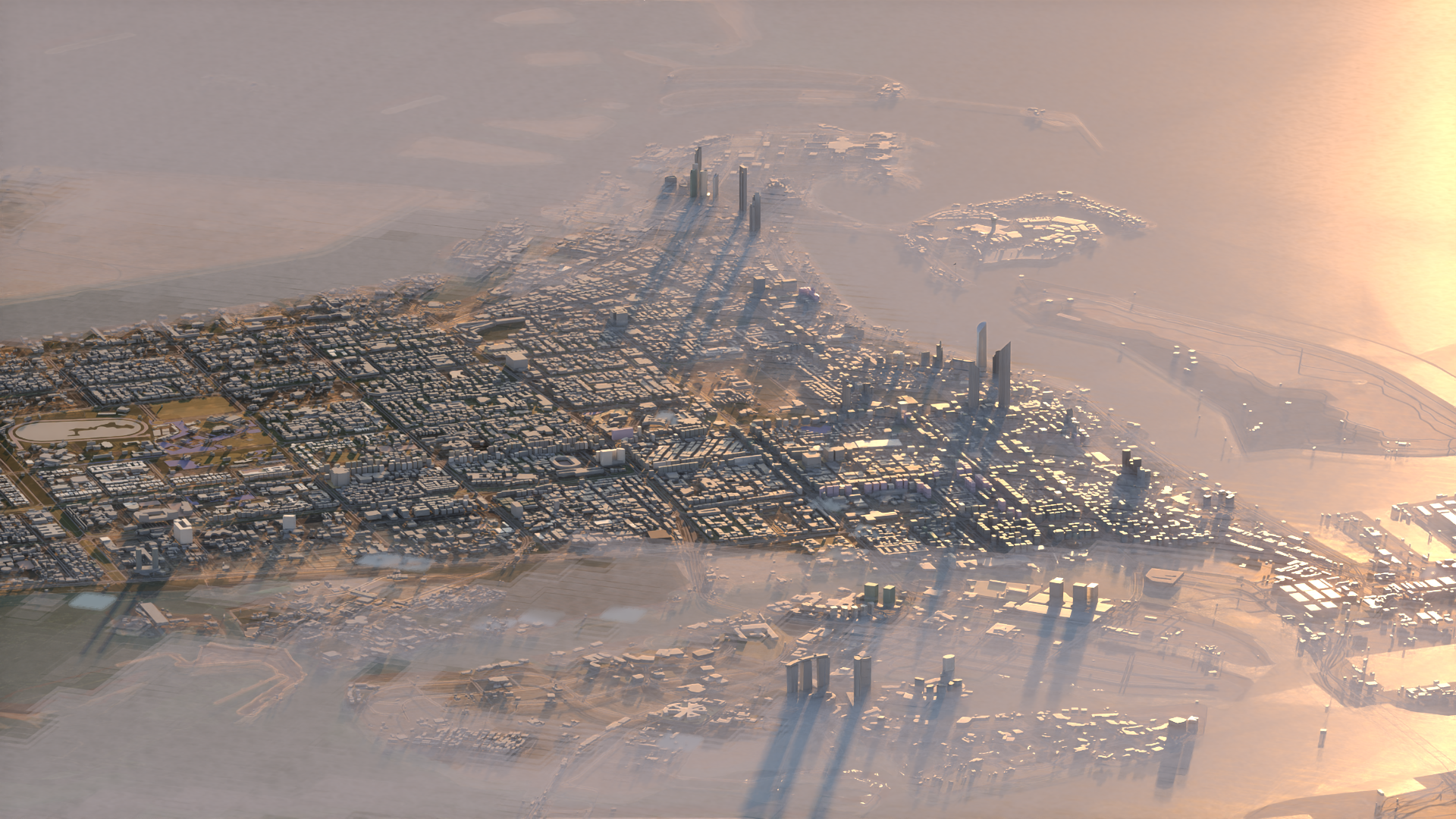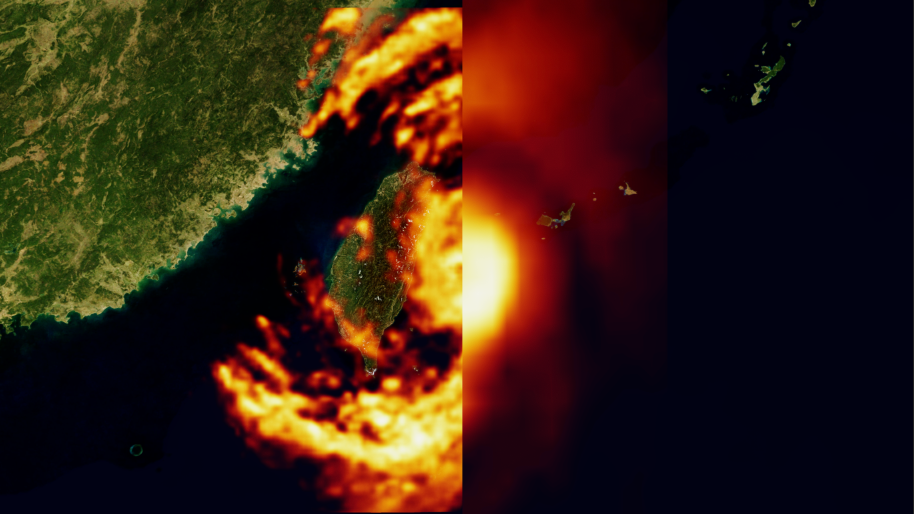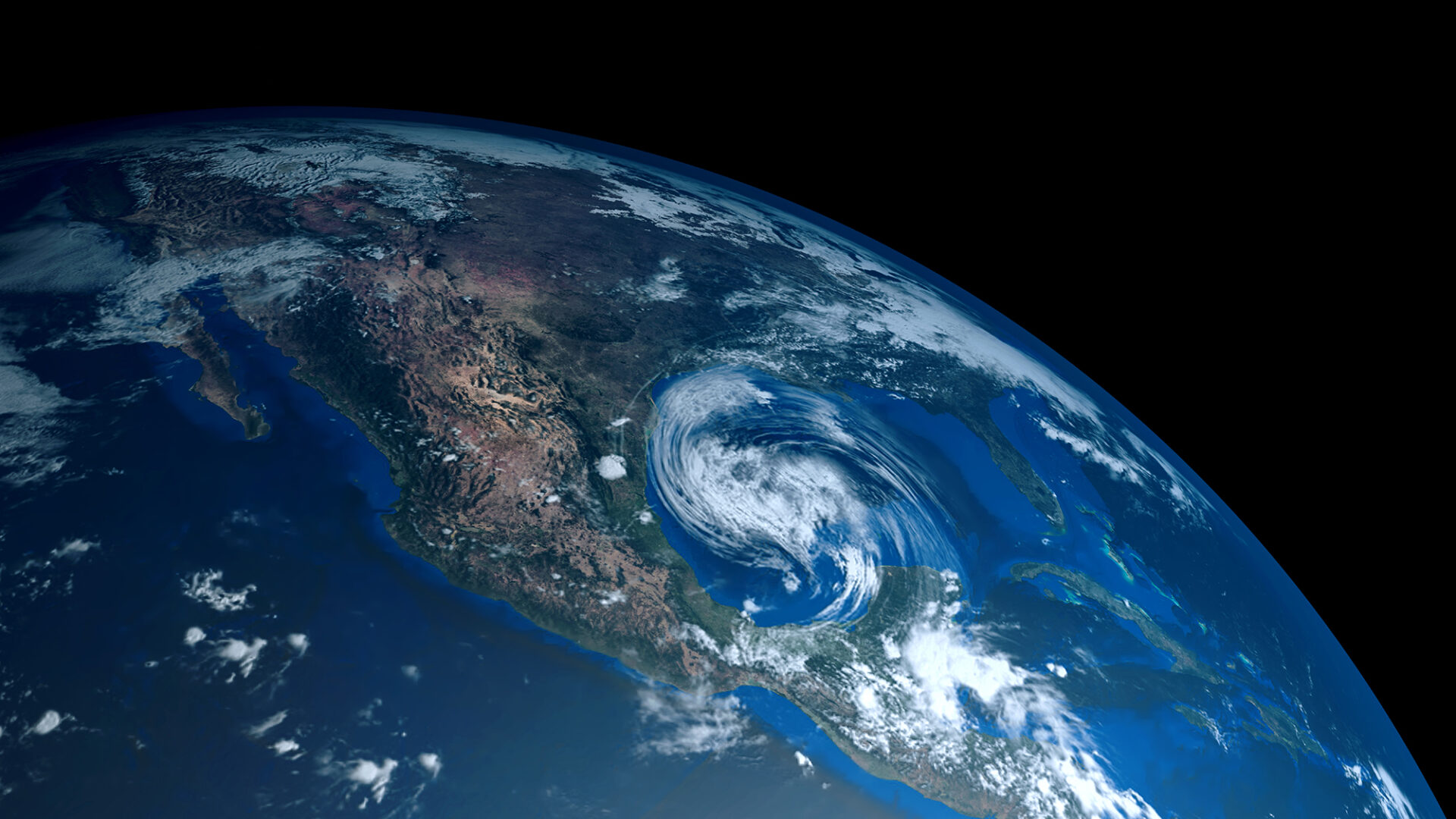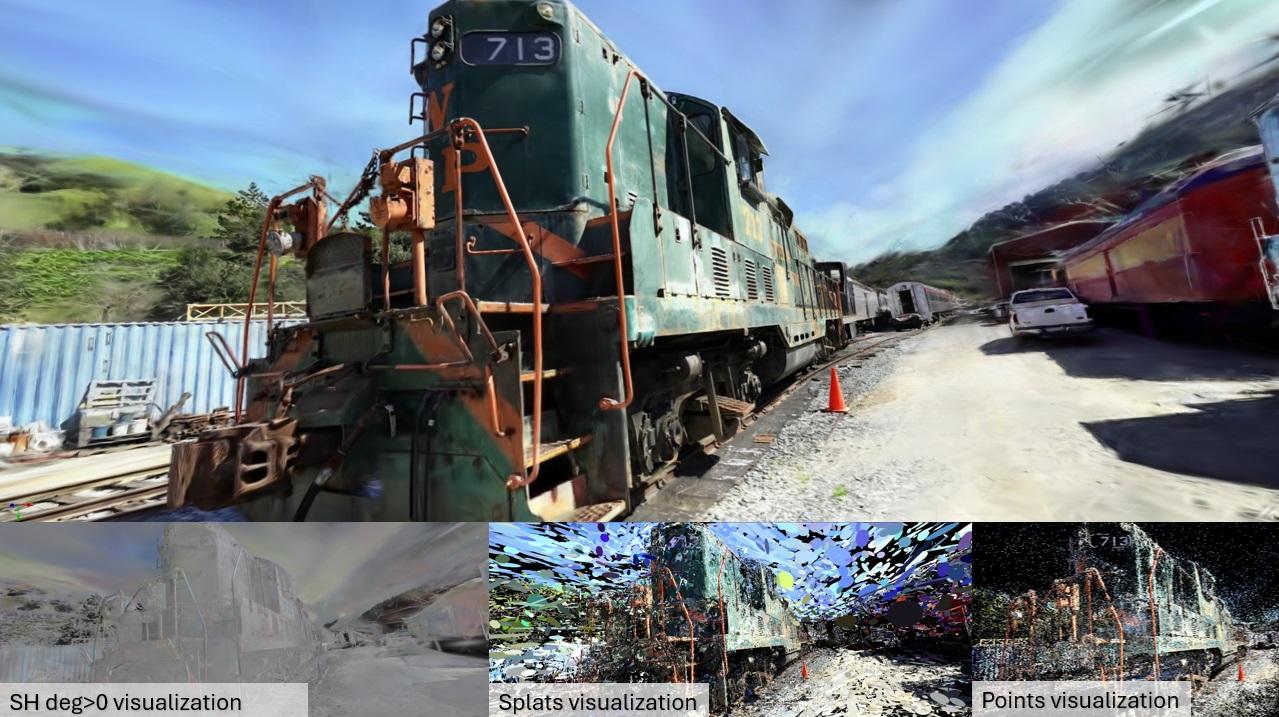From hyperlocal forecasts that guide daily operations to planet-scale models illuminating new climate insights, the world is entering a new frontier in weather and climate resilience. The combination of space-based observations and GPU-accelerated AI delivers near-instant, context-rich insights to enterprises, governments, researchers, and solution providers worldwide.
It also marks a rare convergence of transformative technologies unfolding simultaneously—pushing the boundaries of innovation and compounding value. Beyond just accelerating data processing, these new technologies are enabling new ways to produce and learn from atmospheric data feeds at scale, while anticipating and preemptively bridging future data gaps before they appear. And by harnessing real observational data over synthetic alternatives, they embody the future of climate tech—one that foresees extreme weather, empowers communities and businesses with actionable insight, and ultimately supplies the industry at large with the infrastructure required to accelerate new forms of innovation.
In keeping with this approach, weather intelligence platform Tomorrow.io has contributed its near-real-time proprietary satellite data to help create an NVIDIA digital twin of Earth for next-generation AI model training, inference, and reinforcement. This post explores some of the fundamental data and forecasting challenges that have propelled recent innovation in this area.
Overcoming challenges in weather forecasting
Despite notable progress in meteorology over the past few years, a few key barriers have hindered forecasting effectiveness:
- Gaps in observational data: Many regions lack continuous, high-fidelity weather measurements, limiting the accuracy of AI models and creating blind spots in severe weather detection.
- Computational inefficiencies: Traditional forecasting models update on fixed cycles, making them too slow for fast-onset events. Even a 30-minute lag can result in significant economic and operational fallout.
- Synthetic data dependency: AI-driven forecasting has relied heavily on training models with synthetic historical data at relatively coarse resolutions, weakening both the training process and the model’s predictive power.
- Limited real-time insights: Forecast data can take hours to process and often lacks operational insight, hindering decisions that rely on immediate, action-oriented intelligence and preventing systematic workflows.
Tomorrow.io is tackling these challenges with a four-pronged approach:
- Expanding data access: Tomorrow.io continues to deploy more satellites closing the coverage gap globally for near real-time weather observation.
- Enhancing model efficiency: Deploying unique architectures with NVIDIA Earth-2 AI models to increase model run frequency reducing time from overpass to insight and expanding uncertainty predictions for risk management support.
- Leveraging real data: Training on both existing observational networks combined with the Tomorrow Constellation observational data instead of synthetic datasets, pioneering the next generation of AI models driven by observation.
- Delivering business insights: Supported by applications of NVIDIA Earth-2 generative AI, the Tomorrow Resilience Platform delivers contextualized business insights, empowering systematic workflows across 20+ industries based on an acute understanding of the customers operations and sensitivities.
Space-based observations with Tomorrow.io satellites
Tomorrow.io has been building out its proprietary constellation of weather satellites specifically engineered to fill observational gaps and deliver near-real-time insights to data-starved regions around the world. By prioritizing first-in-kind high-resolution, cloud-penetrating sensors with massively elevated revisit rates, Tomorrow.io ensures that rapidly changing environmental conditions are accurately captured and instantly fed into AI-driven models.
- Tomorrow.io satellites produce near-continuous atmospheric data, capturing parameters crucial for both real-time forecasting and longer-term climate analysis.
- This global coverage provides a comprehensive picture of the global atmosphere and its weather systems—even in areas where ground-based instrumentation is scarce.
- Beyond raw data aggregation, Tomorrow.io applies generative AI techniques to translate complex atmospheric patterns into impact-based guidance.
- For industries like transportation, energy, emergency management, and financial services, these tailored insights reduce guesswork and automate decision-making.
- By merging operational data (for example, flight schedules, logistics routes) with live weather feeds, Tomorrow.io’s platform pinpoints the when, where, and how of potential disruptions.
- The Tomorrow.io data pipeline feeds directly into NVIDIA Earth-2 AI services, which enables rapid use of satellite observations when they are most fresh and drastically reduces the time from satellite overpass to actionable insight.
Accelerating AI-powered forecasting with NVIDIA AI frameworks
NVIDIA underpins Tomorrow.io’s real-time weather intelligence with high-performance computing and state-of-the-art AI frameworks. These technologies, optimized for massive parallelism, unlock crucial capabilities such as generative AI super-resolution, dynamic data assimilation and probabilistic forecasting—areas where speed and precision go hand in hand.
- By harnessing the power of NVIDIA GPUs and NVIDIA Earth-2 AI, Tomorrow.io can run hundreds of high-resolution simulations in parallel.
- This GPU-accelerated AI-driven approach transforms what used to be hours of computation into minutes, enabling continuous updates in response to evolving weather conditions.
- Tomorrow.io’s specialized deployment of NVIDIA technology serves as a critical tool that harmonizes the satellite data together with AI modeling frameworks
- Using the NVIDIA PhysicsNeMo (formerly NVIDIA Modulus) and NVIDIA Earth-2 AI stack, Tomorrow.io accelerates the assimilation cycle and enables forecasts to be refined on the fly, making them both hyperlocal and timely.

Breakthrough results
Hundreds of customers across 20+ industries, including both enterprise and government, use these solutions daily to streamline operations and stay ahead of weather disruptions worldwide and ensure operational resilience. Recent successes span several key categories:
- Aviation: Helping reduce airline delays, which cost passengers hundreds of years in wasted time.
- Agriculture: Helping to improve outcomes for millions of farmers in Africa.
- Logistics: Real-time weather intelligence reduced the fulfillment time for Shipt (delivery arm for Target) by more than 10%.

Scaling global weather intelligence
Looking forward, this work is set to expand in both capability and scope in the following ways.
StormCast deployment and satellite enhancement
- A specialized severe weather model designed by NVIDIA, which provides kilometer-scale forecasting, is set to be deployed by the Tomorrow.io team. It will be focused on rapidly intensifying storms and emergencies.
- Tomorrow.io will enhance this model with the Tomorrow Constellation and the efficient NVIDIA Earth-2 AI stack, ensuring near-real-time updates while scaling globally.
Satellite-enriched models on Earth-2
- Tomorrow.io’s proprietary satellite data will feed into the Earth-2 platform, creating a powerful near-real-time digital twin of the planet. This integration enables training, inference, and reinforcement of next-generation models, all driven by live atmospheric observations rather than solely synthetic datasets.
- The Tomorrow.io team is enhancing various open-source models with the Tomorrow Constellation, making them available to solution providers on the Earth-2 platform as well as the Tomorrow Resilience Platform.
Global expansion and opening new markets
- The Tomorrow.io Constellation and global capabilities create new datasets in widely underserved regions, ensuring that critical, life-saving forecasts become available when and where they’re needed most.
- This expanded data access—both for historical analysis and forecasting—unlocks new market opportunities across finance, energy, supply chain, aviation, and beyond.
- This approach fosters disaster preparedness and economic resilience on a larger, more inclusive scale.
New techniques for the next generation of AI forecast models
- Harnessing deep learning against the data created by the Tomorrow Constellation—rather than synthetic observations used by most AI models—vastly improves predictive performance. Training on actual conditions preserves storm system structures, avoids data abstraction losses, and enables continuous model training, inference, and reinforcement.
- Reducing reliance on synthetic data allows for more authentic performance gains and breakthroughs in predictive accuracy.
Tomorrow.io and NVIDIA Earth-2
Tomorrow.io offers multiple AI services, datasets, and solutions on Earth-2 to streamline the integration of real-time weather intelligence into diverse applications. This lowers the barriers to entry, drives industry innovation, and accelerates new solutions at a time they are needed most.
Summary
As the global landscape faces amplified climate risks, Tomorrow.io is charting a new frontier in weather and climate resilience, intelligence, and infrastructure.
By uniting space-based observational power with NVIDIA AI-accelerated computing, they deliver near-instant, context-rich insights to enterprises, governments, and researchers worldwide. From hyperlocal forecasting that guides daily operations to global-scale models that illuminate emerging climate trends, this collaboration highlights a rapidly approaching era where precision and proactivity become the norm.
Tomorrow.io and NVIDIA exemplify the next evolution in climate-tech innovation—which not only anticipates extreme weather but also empowers communities and industries to thrive amidst it. By bridging data gaps and accelerating AI capabilities, they embody a data-driven future that meets the scale and urgency of the world’s most pressing weather and climate challenges.
More than just enabling industry workflows, this work is accelerating the entire weather sector, introducing AI-driven infrastructure that neither could achieve alone. It’s a rare convergence of two market-defining technologies—pushing the boundaries of innovation and global expansion.
Together, Tomorrow.io and NVIDIA are not just processing weather and climate data faster—they’re pioneering the ability to produce it at scale, anticipating future data gaps before they emerge.
Visit NVIDIA Earth-2 to explore NVIDIA’s innovation in sustainability and climate. To learn more about the Inception Sustainable Futures initiative, part of the NVIDIA Inception program, see Climate Tech Startups Integrate NVIDIA AI for Sustainability Applications.
